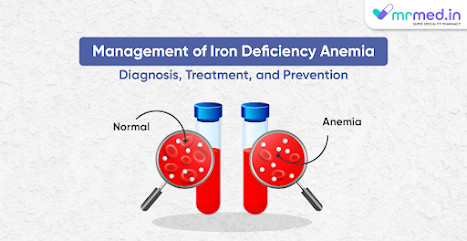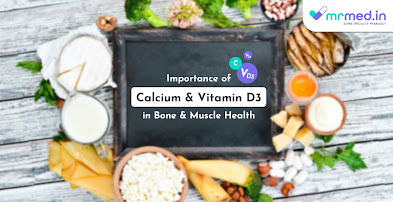Management of Iron Deficiency Anemia: Diagnosis, Treatment, and Prevention

Iron deficiency anaemia is a widespread disease that affects millions of individuals globally. It takes place when the body lacks sufficient iron to produce healthy red blood cells. With the proper diagnosis, treatment, and preventive measures, iron deficiency anaemia can fortunately be effectively treated, allowing people to regain their vitality, energy, and overall health. In this article, we'll look at the key components of iron deficiency anaemia management, including the importance of early detection, the variety of treatments available, and the requirement for preventative measures to ensure long-term wellness. Diagnosis: Iron-deficient anaemia must be managed with a thorough diagnosis. A healthcare professional will typically take a thorough medical history and do a physical examination. A complete blood count (CBC) and iron studies, such as serum ferritin levels and transferrin saturation, may be requested by the clinician. These tests provide valuable information about th

